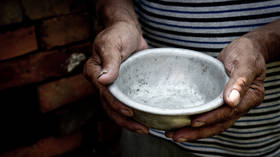Statues of discord: The toppling of monuments stretches far beyond anti-Confederate struggle
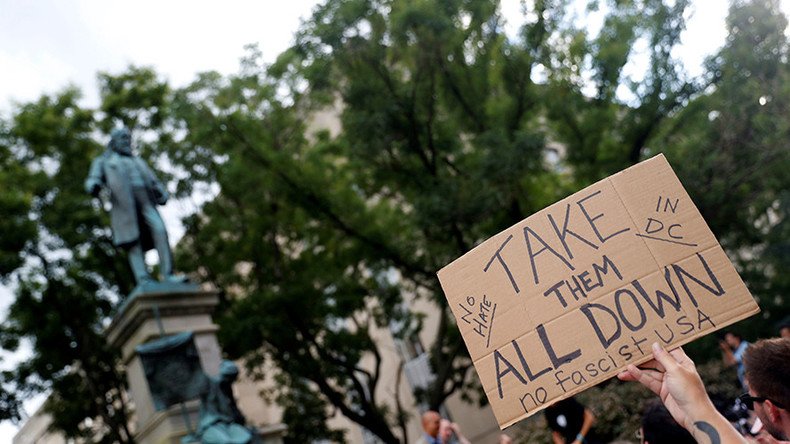
America’s struggle with symbols of its slavery past was highlighted amid clashes over a statue of Confederate General Robert E. Lee. Dealing with controversial pieces of historical art has a long, sometimes bloody, and occasionally amusing history.
Toppling monuments is a tradition honored by centuries, even millennia. It has often been connected to cultural or religious strife, like the infamous 2001 destruction of Buddha statues in the Bamyan valley of Afghanistan by the Taliban, or acts of vandalism by Islamic State (IS, formerly ISIS/ISIL) in Palmyra, Syria and other places.
But more often, monuments of the past were targeted for being images of a disfavored ruler or a fallen government. Pharaoh Thutmose III tried to undermine the legacy of his predecessor, Hatshepsut, sometimes simply by erasing her name from her figures.
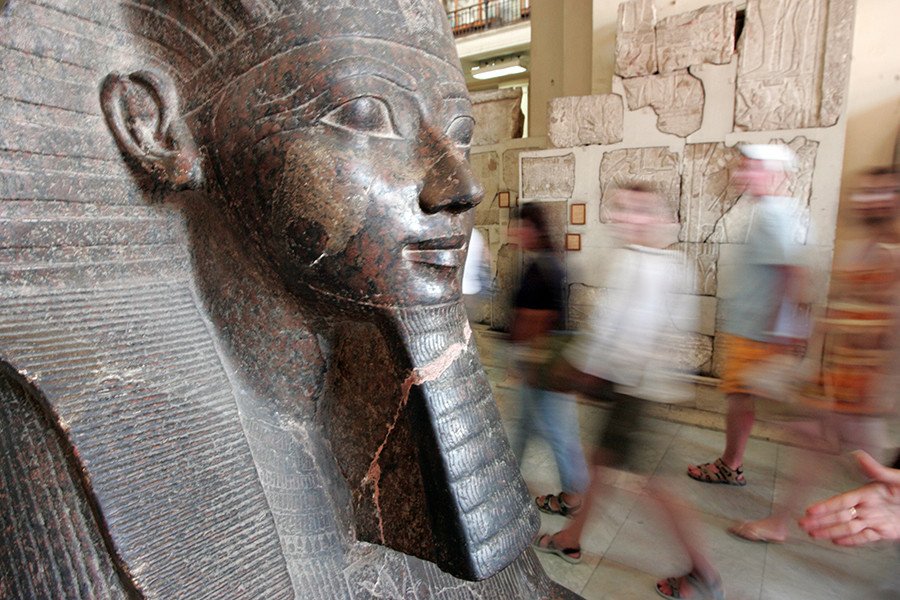
Sometimes, statues of rulers were not only destroyed but actually remade to suit the new regime. In 1792, in the days of the French Revolution, an almost two-century-old monument to Henry IV on the Pont Neuf was destroyed, and its metal used to cast cannons. In 1818, after the restoration of the monarchy, it was recreated, partially with bronze taken from a statue of Napoleon, which had been on the top of the Vendôme Column. It remains a landmark of Paris to this day.
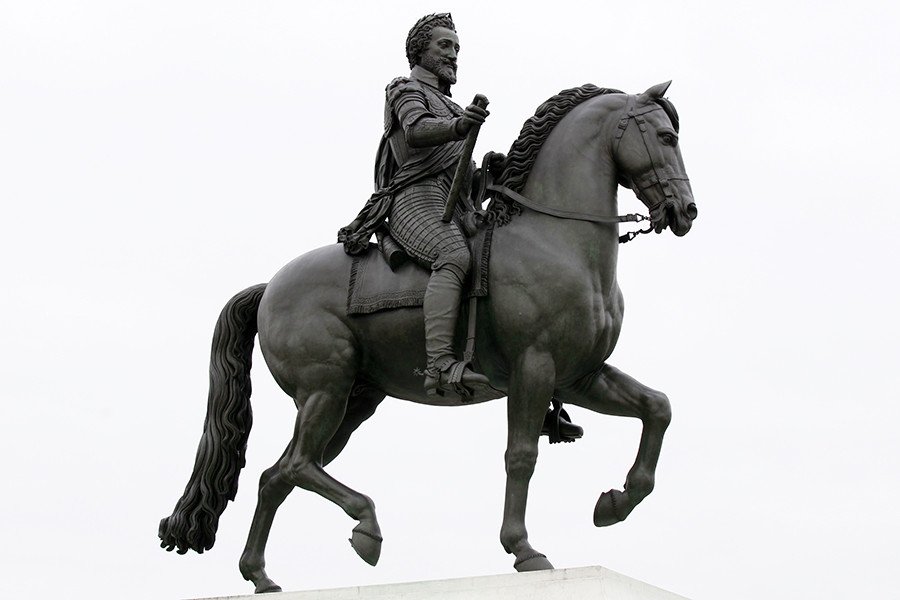
The United States has had its own share of monument-toppling from the beginning of its existence. Just five days after the Declaration of Independence was ratified in 1776, a gilded lead statue of Britain’s King George III was taken down in Manhattan and used to make musket balls.
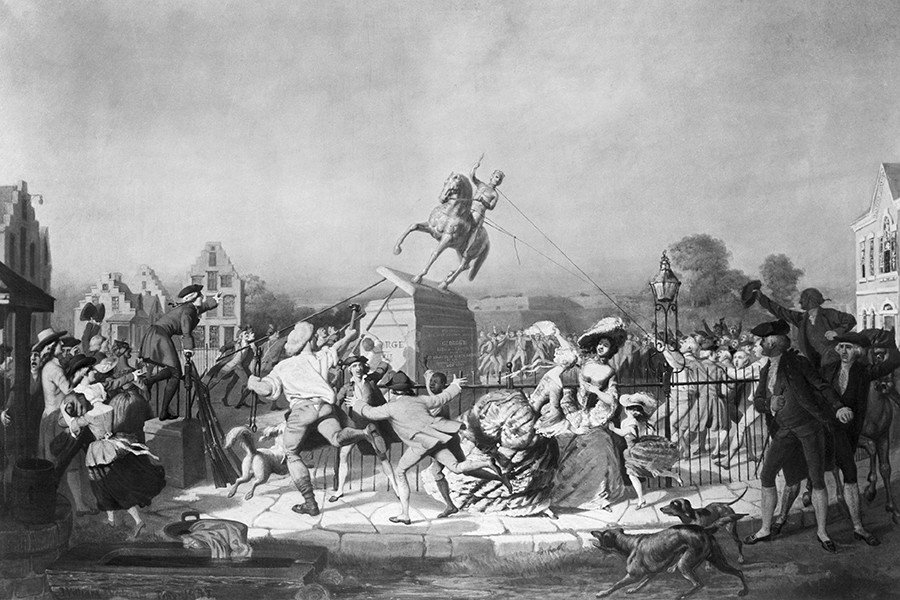
With the advent of the mass media, the removal of a statue can often be transformed into a powerful symbol of change, or attempted change, as was the case with the toppling of a statue of Soviet dictator Josef Stalin in the 1956 uprising in Hungary. The rioters, however, failed to tear down the entire 8-meter-high bronze statue, and Stalin’s jackboots remained on the pedestal until after the uprising was quashed. A copy of the piece is now part of Budapest’s Memento Park, dedicated to Hungary’s socialist past.
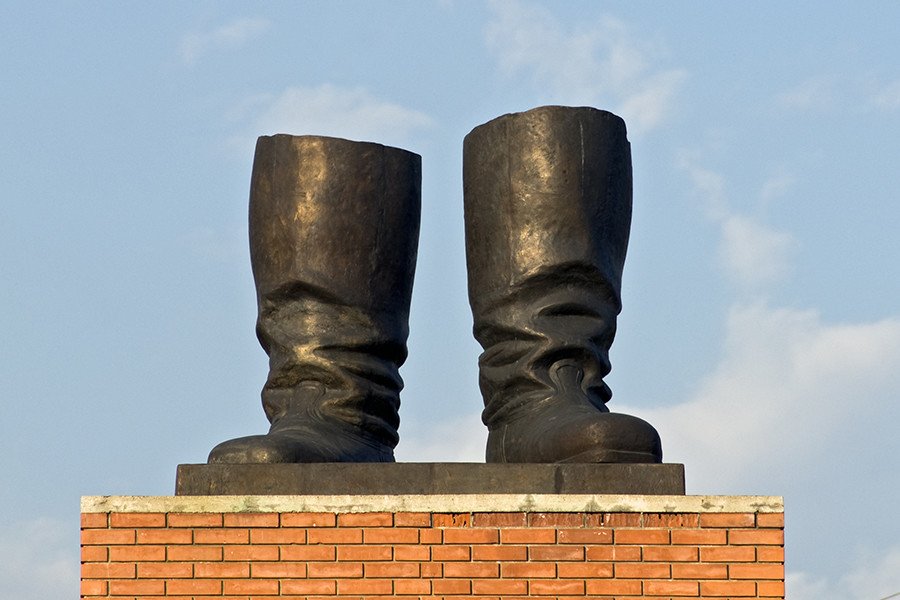
Possibly the first time that the way the toppling of a monument was covered on the news became more important than the act itself – in 2003 during the US invasion of Iraq. The destruction of Saddam Hussein’s statue at Firdos Square was broadcast live and trumpeted by Washington as proof that the Iraqis were overwhelmingly welcoming the intervention. Then-Defense Secretary Donald Rumsfeld compared it to the fall of the Berlin Wall.
The reality on the ground was slightly different, according to Peter Maass, who was one of dozens of Western journalists who witnessed the statue’s demise. He says the event was subtly instigated by US troops, while Iraqis in the square were few in number and probably less enthusiastic than news reports at the time led people to believe. Perhaps given the media spin over the toppling of the statue, it serves as a fitting symbol of the war.

America’s debate over Confederate monuments and their role as rally points for white supremacists, while nothing new in itself, sprang into the spotlight after the violence in Charlottesville last weekend. The tragic incident has become a key event in America this year, symbolic of a larger division in America.
Amplified by social media, the message for some has become: are you with us, or with Trump and all the bigots, racists, and killers he stands with? Or, alternatively: are you with us, or with the snowflakes, fake news peddlers and all the others trying to smear our past, our values, and our president?
The story of Lucifer-who rebelled against God-is part of many Christians' traditions. I've never been in a church with a Lucifer statue.
— Chelsea Clinton (@ChelseaClinton) August 18, 2017
The fact that the violence started over the planned removal of a statue of General Robert E. Lee was secondary, but it managed to trigger some monumental (pun intended) aftershocks – like the tearing down of other Confederate monuments by angry crowds and the torching of a Lincoln bust in Chicago.
One unexpected (potential) victim of the emotional tsunami is Bolshevik leader Lenin. A statue of Lenin in Seattle was targeted by both right-wing protesters, and city Mayor Ed Murray. For both sides, the monument to the communist leader is just a prop for arguing respectively for and against the preservation of the Confederate memorial at Lake View Cemetery, and neither is apparently willing to buy the Lenin figure from the owner to bring it down.
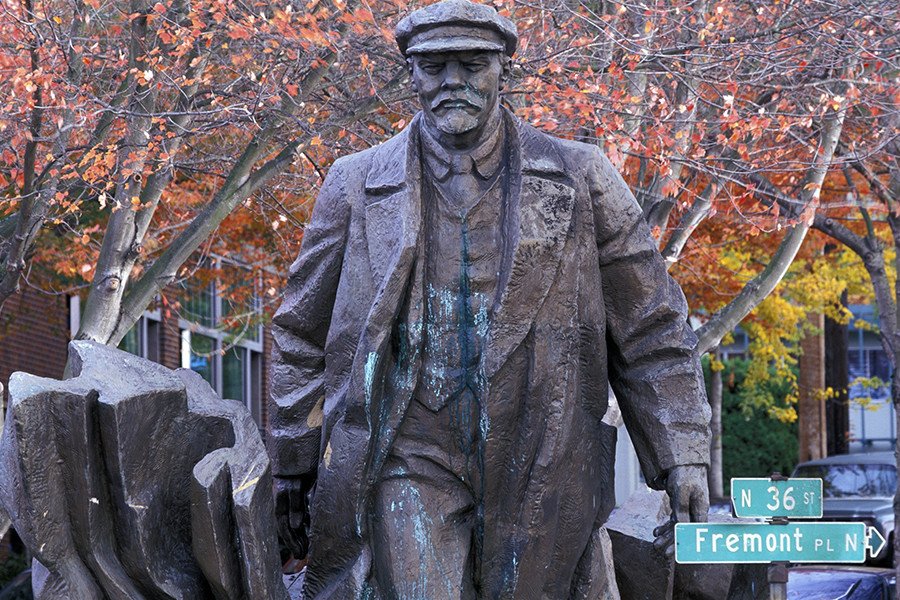
Ironically, Lenin’s statue in Seattle is a curiosity, not an icon of communism or the Soviet Union. Originally from Czechoslovakia, it was bought from a scrapyard and brought to America by a collector. The bohemian community of Fremont regularly uses it as part of installations, dressing it in drag or putting a red star on its head for Christmas. The statue’s original symbolism does not appear to bother people who see it every day.

The artistic hijacking in Seattle is strangely mirrored on the opposite site of the world, in Ukraine. Its current government and nationalist groups have made it their goal to eradicate all symbols of its joint past with Russia, and hundreds of Lenin monuments left over from the Soviet days were the primary target. Just this week, the authorities reported removing 2,389 Soviet monuments in Ukraine, including all those of Lenin.
Some were not happy with this “Leninfall,” either due to sentimental feelings, or because the municipalities were expected to foot the bill for it. So, in some villages and towns, Lenin monuments were rededicated to acceptable historic figures like Pylyp Orlyk, an aide to controversial Ukrainian Hetman Ivan Mazepa.
READ MORE: Lenin pulled to the Dark Side: Revolutionary’s statue turns into Darth Vader
Or even Darth Vader! A Lenin statue in Odessa was remade in the image of the Star Wars villain by a local politician who dresses as Darth Vader and even goes by that name.
A different fate was reserved for statues of another leader, who used to be as prominently displayed in his home country as Lenin was in the USSR. Saparmurat Niyazov – or as he preferred to be called, Turkmenbashi, the father of all Turkmens – was quite fond of praise. The president-for-life of Turkmenistan had an estimated 14,000 statues and busts of himself erected over the two decades of his rule.
The grandest one was placed atop the Arch of Neutrality, an almost 100-meter-high symbol of Turkmenistan’s policy of non-alignment. With its arms stretched up to the sky, the glittering Turkmenbashi rotated to always face the sun (a popular joke was that it was the sun that went across the sky to see the statue’s face).
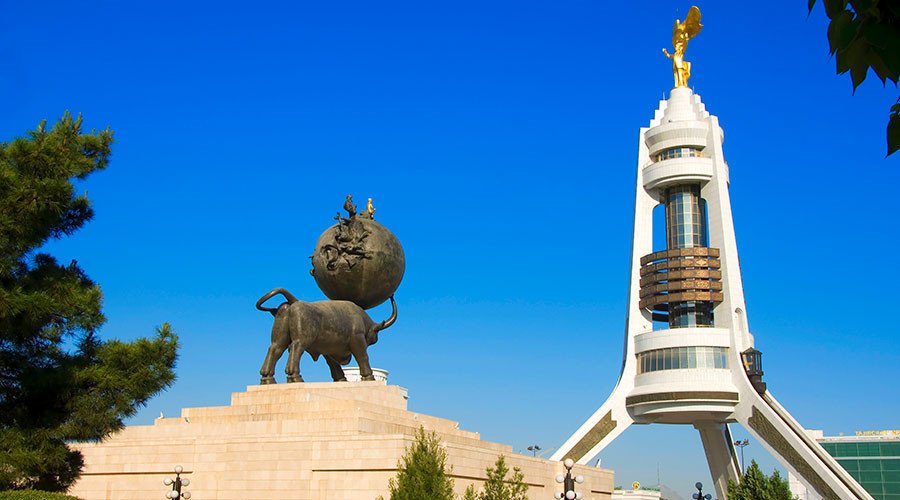
A few years after Niyazov’s death, his successor ordered the arch and the monument to be removed from the central square of Ashgabat, and many observers expected that the gigantic monument of Turkmenbashi would never be seen again – for reasons Pharaoh Thutmose could relate to. They were wrong. The entire construction was simply moved to the outskirts of the city. The statue, however, no longer rotates – presumably to not turn its back to the people.



